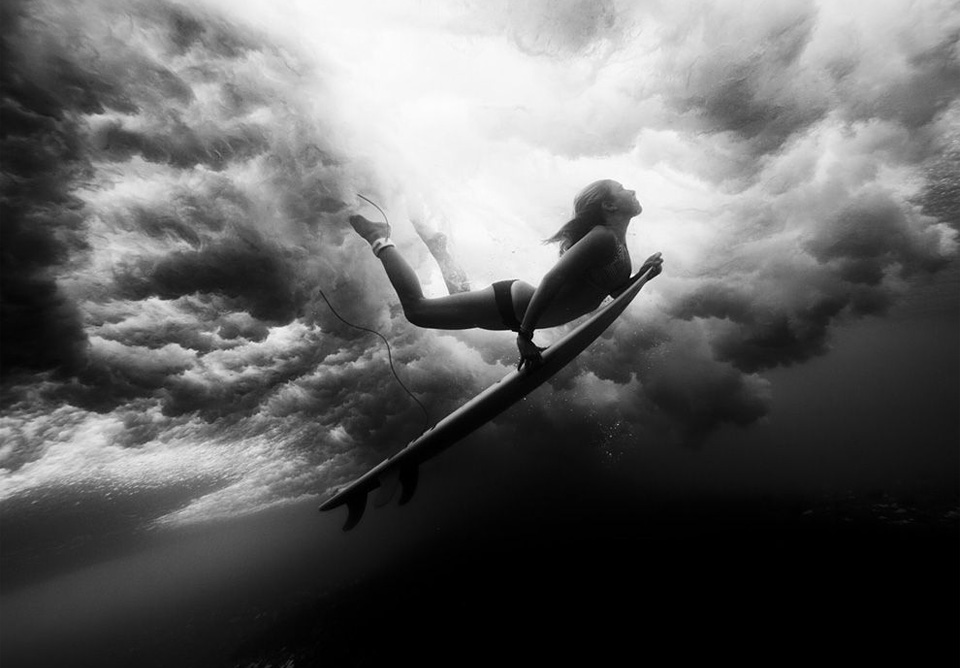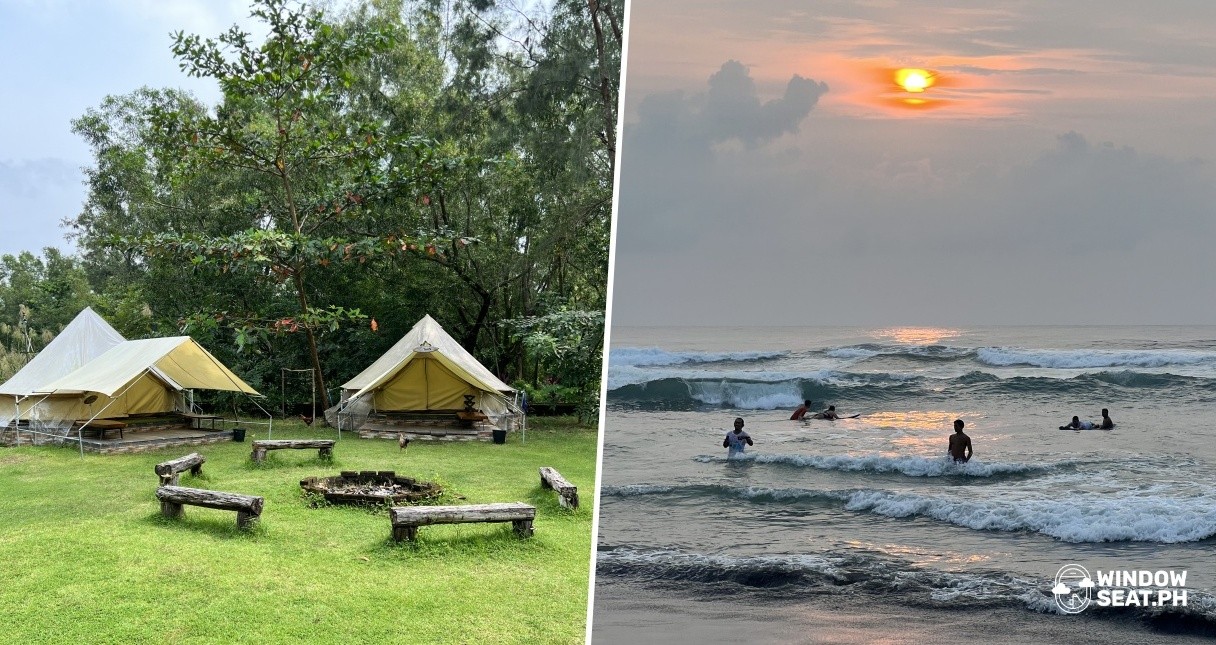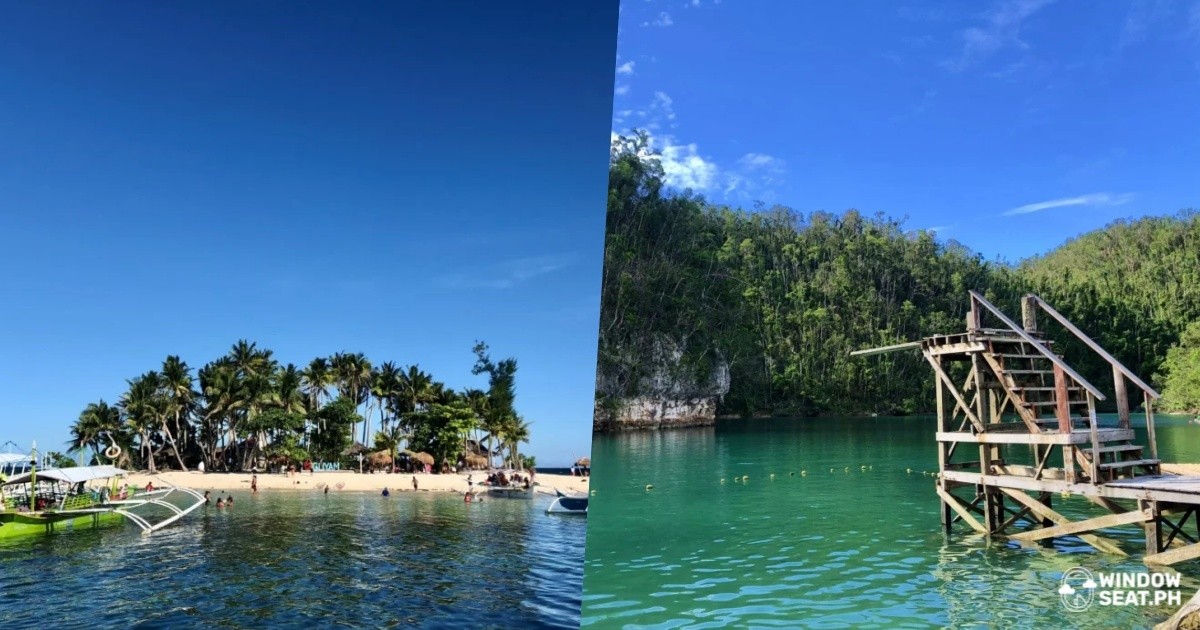8 Essential Hacks for Serious Surf Noobs
Here's one idea about how you can spend the summer.
by Alexis Betia | April 02, 2016
In such chaotic and uncertain times, it’s comforting to know that some things just go perfectly together; peanut butter and jelly, cold beer and cigarettes, Netflix and chill and, of course, summertime and the beach. Has there ever been a better combination than sun, sand and sea? Whatever your angsty existentialist midlife crisis, someone out there must love us if he gave us the beach.
With summer (and the heat) in full force, there’s no better time than now to embrace the season and maybe even pick up a new water sport.


Now, don’t you wish that was you?
Surfing has a lot of benefits. Apart from being barrels of fun (pun intended), surfing can actually contribute to better mental health while providing an outlet for stress, tension and anxiety. Not to mention the added side effects of abs and killer cardio, plus being around cute surfers all weekend. Sold? I thought so.
Now that you’re decided, here are a few things you need to know before you head to the beach.
Where do I start?
Start off by thanking your lucky stars that you live in the Philippines. We have tons of great surf spots—it’s only a matter of choosing whichever tickles your fancy. La Union has rolling waves and a softer wipeout, Zambales has tons of breaks and is a short drive from the Metro, and Baler’s waves give a great push that come with an unspoken challenge.
All three of these spots are shore breaks (read: surf spots whose waves break on sand), and you will usually find surf instructors by said shore offering their services. You don’t have to jump at the first one you see. Give yourself time to walk around and inquire about prices, or ask your friends if they have any recommendations.
Set your expectations.
Don’t be disappointed when your instructor hands you a foam board and has you spending half an hour practicing your pop up on the beach. Sure, we all want to be riding barrels and hanging ten, but all great things take time. There might be a learning curve but believe me, you’ll forget all your frustration and struggles the second you catch your first wave.
Go with a group.
While it seems romantic to get away for the weekend by yourself and adopt a new lifestyle (because once you’re hooked, surfing is nothing but), learning how to surf is always more fun with friends. Make sure to go with your very best ones. Don’t forget the camera!
For the ladies, no matter how tight you think your swimsuit is, wear a rash guard.
There’s no other way to put it other than: ladies, your boobs will pop out. No matter how tight you tie those strings or how secure you are in your new one-piece, something will always give. Stop caring about the awkward tan line and put on the rash guard. You’ll thank yourself for it later.
Don’t wear sunblock on your front.
Always wear sunblock, but try not to slather it down your front. This results in a greasy mess that will have you slipping and sliding off your board. Spray or rub some on, wait half an hour, and apply another coat on your backside before you paddle out.
Learn the tides.
Before heading to the beach for your first surf lesson, take a few minutes to check on the tide times in that area. Best time to head out on the water depends on the beach you’re at. Don’t be shy to ask the surf instructor—it’s okay to say that you’ll come back later when conditions are optimal.
Follow the channel.
Half of learning is observing, so watch how the more seasoned surfers do it. Your instructor will help you paddle out the first few times, but if you’re feeling confident, watch how other people are paddling out to the lineup and more importantly where. Rather than facing the break head on and wasting your energy going up against the white water, watch and find out where the channel is. Riding this out to the lineup will make your life a lot easier.
How to bail.
Your instructor will probably say the same thing, but if you fall off your board, always throw your elbows up so that your arms cover your head and face. If you have to bail, go feet first and fall backwards. Never grab or maneuver your board from the middle—that beast is better controlled when you grab it by the nose.
Rip currents are real.
Rip current or rip tide is basically a strong, localized current of water that can carry you past where the waves break and into truly open water. Don’t waste your time paddling straight back to shore. Signal for help or swim diagonally to get out of the current. The best survival tip is to learn more about them so that you can learn to spot and avoid them.
Stay safe, and happy surfing!









